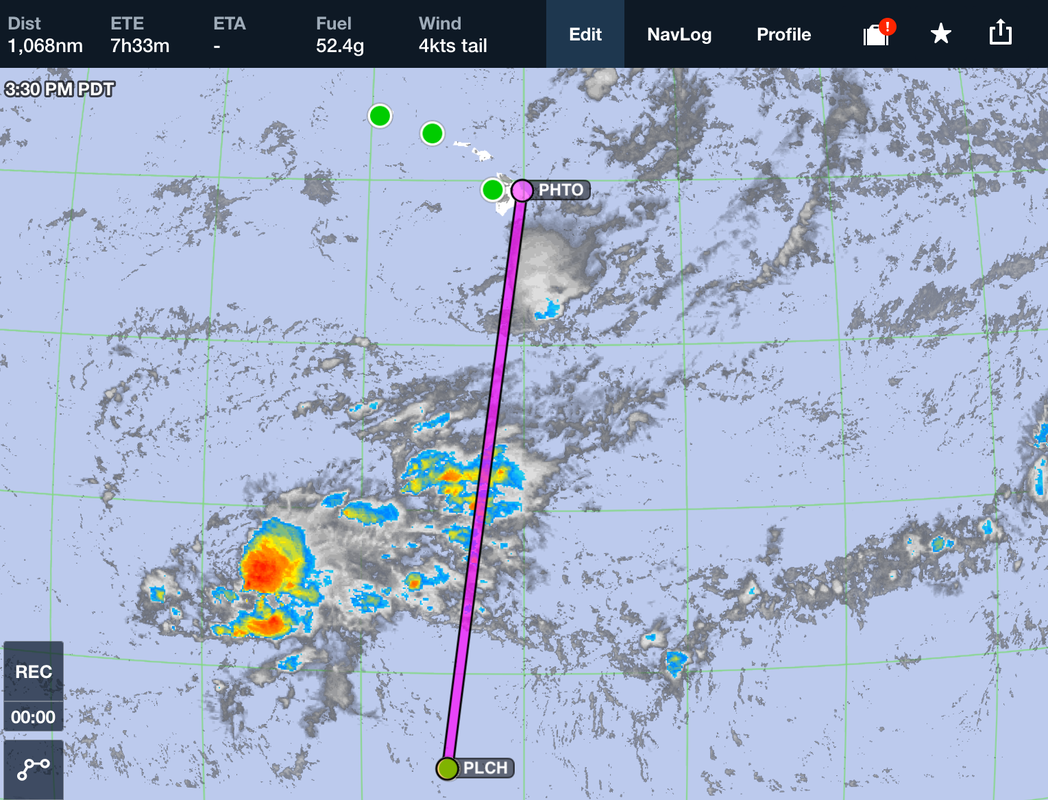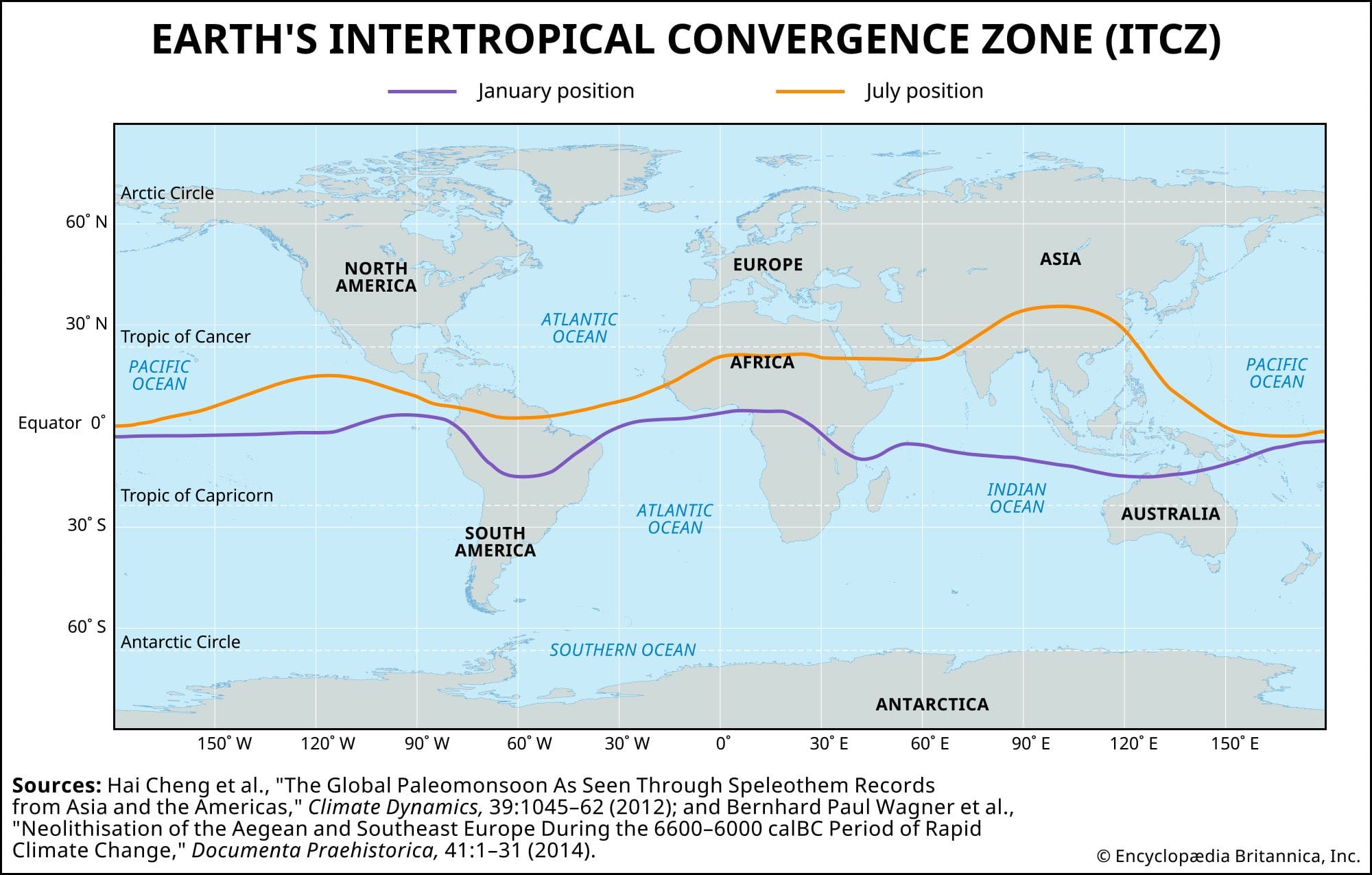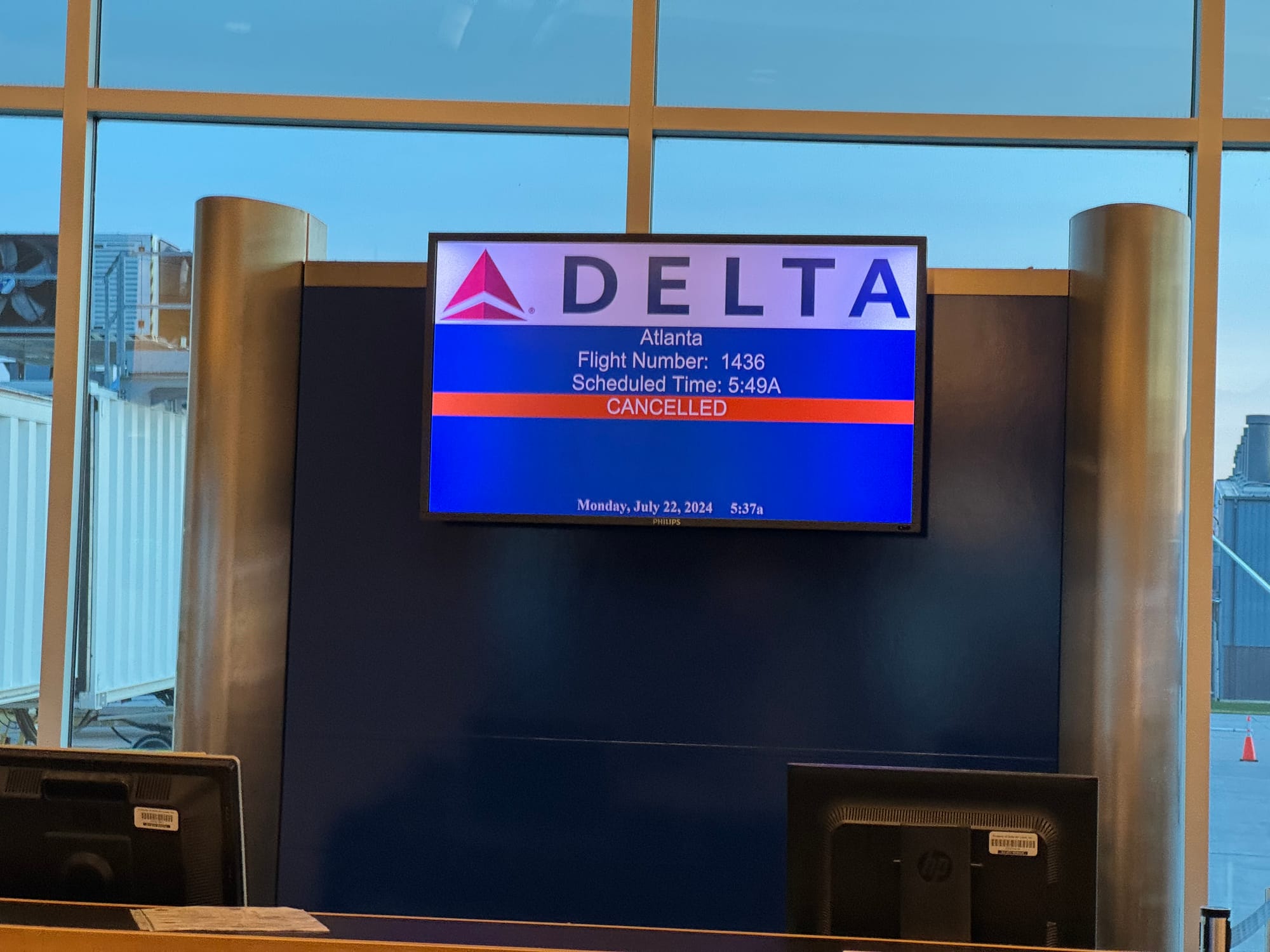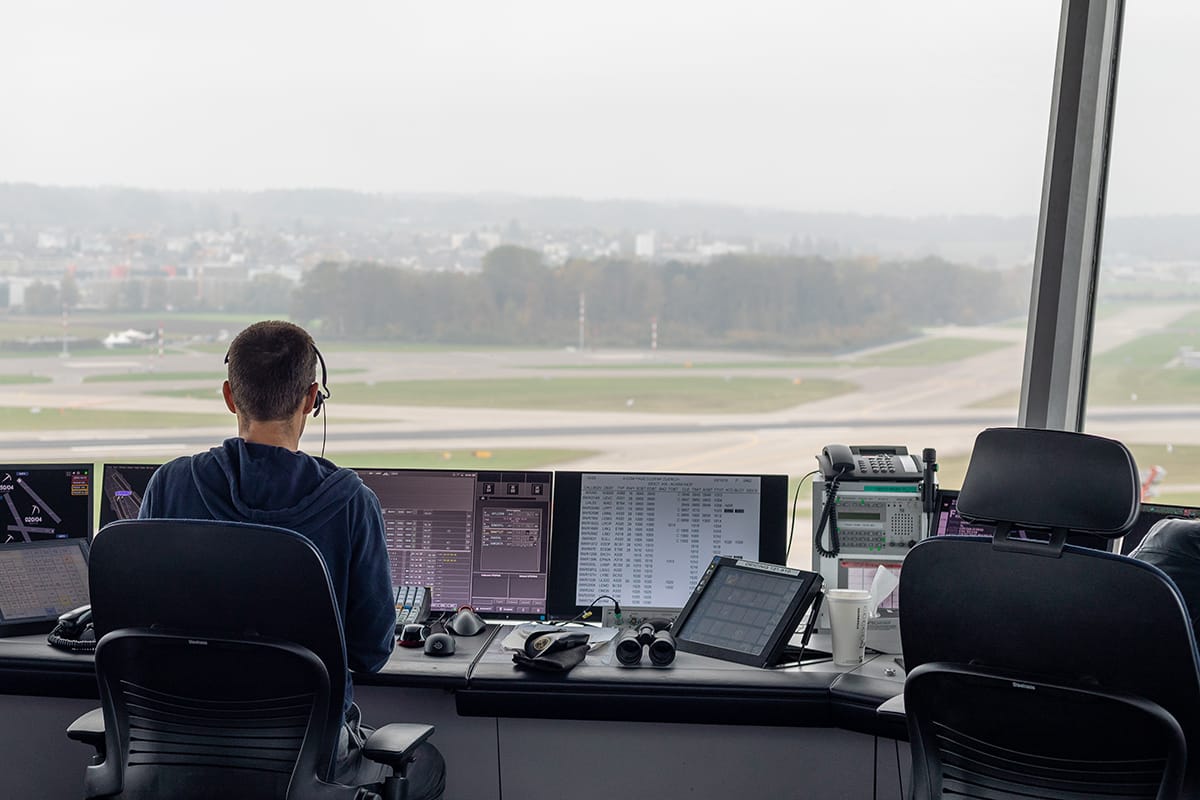Why Are There Constantly Thunderstorms Across the Equator?

For pilots, ensuring a smooth journey isn't just about clear skies. One atmospheric phenomenon that can disrupt even the most meticulously planned flight is the Intertropical Convergence Zone (ITCZ). This band of low pressure encircling the Earth near the equator presents a unique set of challenges for aviation. Let's dive deeper into the nature of the ITCZ, how it affects flights, and the strategies pilots employ to navigate this turbulent zone.
The Cauldron of Clouds

The ITCZ is essentially a hotspot of rising air currents fueled by intense solar heating near the equator. As this warm air ascends, it cools and condenses, forming towering cumulonimbus clouds – the colossal giants responsible for most of the world's thunderstorms. These storms are the hallmark of the ITCZ, brewing heavy precipitation, strong winds, and severe turbulence, making it a region airlines strive to avoid whenever possible.
The turbulence caused by the ITCZ is a major concern for pilots, and for good reason. These upward and downward drafts within the storm clouds can be quite intense, tossing the aircraft around with sudden jolts and drops. While modern airplanes are built to withstand this turbulence, it can still be an uncomfortable experience for passengers and can even lead to injuries if proper precautions aren't taken. However, turbulence is just one facet of the challenge the ITCZ presents.
Reduced Visibility and Unpredictable Winds
The ITCZ isn't just about bumpy air. The heavy rain and reduced visibility associated with these storms can also make flying through the ITCZ hazardous. Imagine navigating a dense curtain of rain – that's the challenge pilots face when encountering an active ITCZ. Reduced visibility can make it difficult for pilots to maintain visual contact with the ground, especially during critical phases like takeoff and landing. This necessitates increased reliance on instruments and air traffic control for safe navigation.
Adding another layer of complexity are the strong winds swirling within the ITCZ. These unpredictable gusts can make it challenging to maintain a steady course, requiring more skillful maneuvering from the pilots to keep the aircraft on track. Imagine a car driving through strong crosswinds – that's analogous to the experience of an airplane battling the unpredictable winds of the ITCZ.
How Pilots Navigate the ITCZ

Knowing the ITCZ's location is paramount for safe air travel. Pilots rely on a combination of weather forecasts and real-time data to track the movement of the ITCZ throughout the year. Several strategies are employed to avoid this zone whenever possible:
- Seasonal Adjustments: Flight paths are not static; they can be adjusted depending on the season. Since the ITCZ migrates north and south along the equator, pilots can choose routes that lie outside the zone during peak activity periods.
- Climbing Above the Storm: Modern airplanes have the capability to fly at high altitudes, often exceeding the height of most ITCZ turbulence. By strategically deciding a higher flight path, pilots can minimize the impact of turbulence on the flight, offering a smoother ride for passengers.
- Deviations and Delays: Sometimes, complete avoidance is necessary. If the ITCZ is unavoidable on a specific route, pilots may decide to deviate slightly from the planned path or even face short delays to ensure passenger safety and a smooth flight. While delays might be an inconvenience, they are a vital tool in a pilot's arsenal for ensuring everyone's safety.

Navigating the ITCZ is a collaborative effort. Pilots rely on their dispatchers to plan around the storms, air traffic control to maintain safe separation between aircraft, and passengers to heed instructions regarding seatbelt use and stowing carry-on luggage during turbulence. By working together, everyone onboard can contribute to a safe and successful flight through this atmospheric phenomenon.
The Science Behind the ITCZ

Understanding the science behind the ITCZ can provide further insight into its impact on aviation. The convergence of trade winds from the Northern and Southern hemispheres plays a key role in its formation. As these winds meet, they create a zone of rising air, leading to the development of the towering clouds and intense weather patterns characteristic of the ITCZ. Furthermore, the Earth's rotation adds another layer of complexity. The Coriolis effect deflects these winds, influencing the overall circulation patterns within the ITCZ and contributing to the unpredictable nature of the winds pilots encounter.
Final Thoughts
If you ever cross the equator you can expect more turbulence than normal, and if you're lucky you can catch quite the lightning show outside your window. It takes everyone involved in planning and flying a flight to ensure everyone remains safe. The ITCZ is a constant on earth, and you can always expect some activity crossing the equator.





